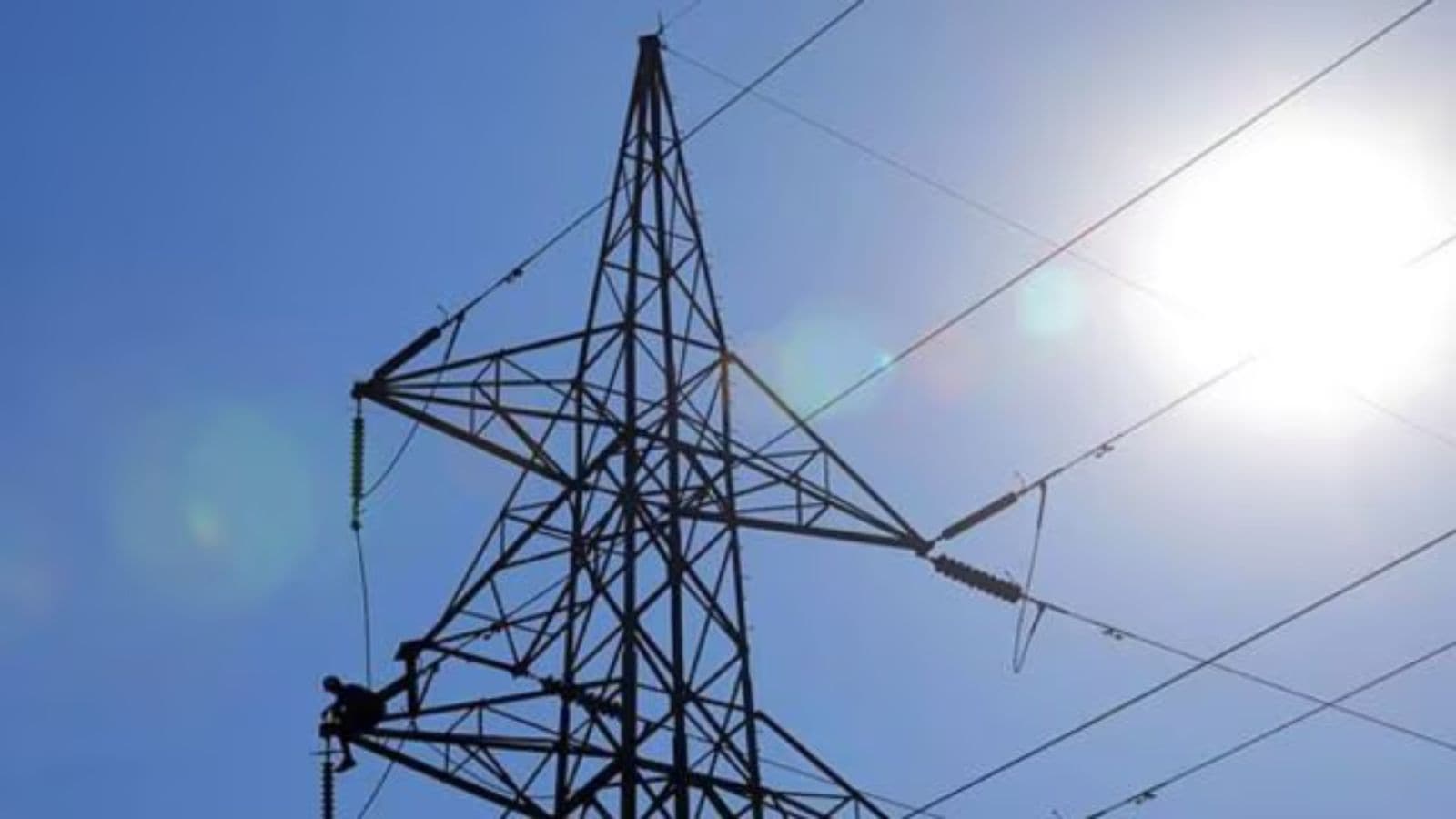Power demand in the first half of May remained subdued as thunderstorms and rain tempered temperatures in India, with peak demand reaching 231 gigawatts (GW) between May 1 and 17—slightly below the 233 GW recorded in the same period last year.
Forecasts of continued light rain and winds through May are expected to ease pressure on grid managers, who had anticipated significant shortages amid record demand.
India consumed 82.1 billion units (BU) of electricity between May 1 and 17, slightly below the 83.8 BU recorded during the same period last year, according to data from the National Load Despatch Centre (NLDC).
Peak demand this year was 231 GW on May 15, while the lowest—202 GW—was met on May 7. In comparison, peak demand last year touched 233 GW on May 6, with the lowest at 207 GW on May 12. Last year’s peak demand of 250 GW was recorded on May 31.
The subdued demand follows a modest 2.3 per cent year-on-year growth in April, attributed to a high base effect, according to ICRA.
In January, the NLDC had flagged May and June as “high-risk months” for power shortages, warning that unmet electricity demand could reach 15-20 GW, particularly during non-solar hours. However, rains and thunderstorms have kept temperatures low, which in turn has eased air-conditioner use and helped keep the power supply situation manageable so far.
“In May, we’ve been quite comfortable in terms of power availability and prices. The average market price for the first 13–14 days has been around Rs 4.40 per unit,” Rohit Bajaj, joint managing director at the Indian Energy Exchange (IEX), said.
Story continues below this ad
“In fact, we’ve even seen prices dip to Rs 3 on some days, especially after sudden rains. On May 4, for instance, the price dropped to Rs 3.11. There were several days when prices stayed below Rs 4,” Bajaj added.
With low demand, the grid is also relying less on thermal-based capacities compared to last year. The share of electricity generated from coal has been around 71 per cent in May so far, compared to 74 per cent last year. As a result, the share of wind and solar has increased from around 10 to 14 per cent.
“Green energy is definitely rising. We’ve seen strong participation, and on a year-on-year basis, volumes have nearly doubled. A significant amount of solar power is coming in during the daytime,” Bajaj said.
Compared to a modest 4.2 per cent growth in power demand in 2024-25—attributed to an unfavorable base and a slowdown in economic activity—ICRA expects demand to rise by 5.5–6 per cent in 2025-26. However, a favorable monsoon could temper this growth. Peak demand for 2025-26 is projected to reach 270 GW.


